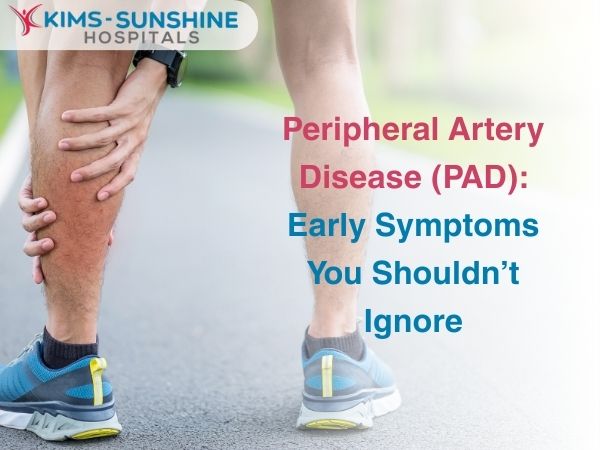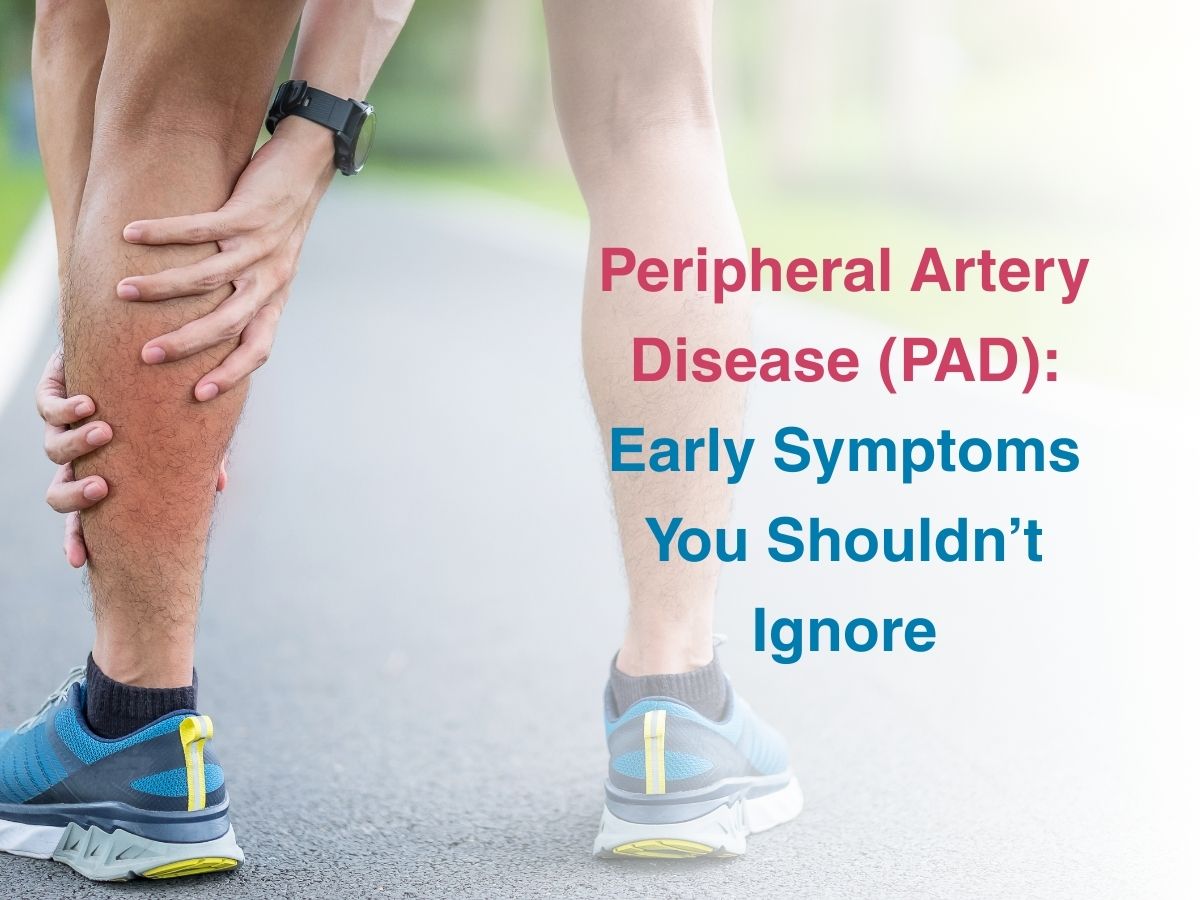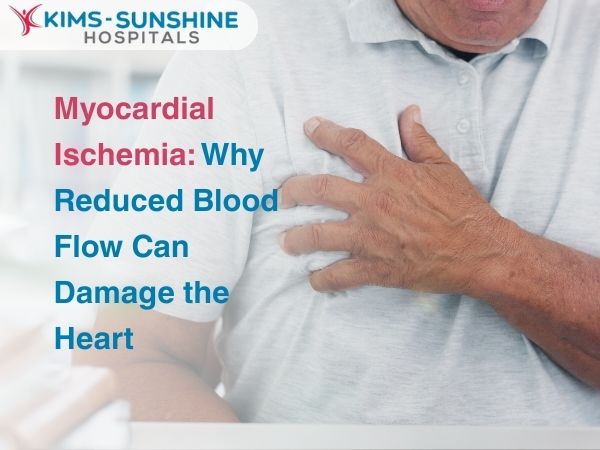
Peripheral Artery Disease (PAD): Early Symptoms You Shouldn’t Ignore

The human heart is a wonderful organ that keeps working throughout your life and never stops at all, unless there is some problem. It pumps blood all over the body using specialized blood vessels- the arteries and the veins. The arteries are designed to carry oxygenated blood to and away from the heart while the veins focus on transporting deoxygenated blood. Artery disease in general means that the arteries are not able to pump blood properly, as they are occluded or blocked. The blockage may be due to the formation or presence of a clot or due to the presence of plaques- made of cholesterol. With rates of heart disease increasing exponentially in the country, studies have shown that anywhere between 7-36% of the population suffers from this condition, which is pretty alarming by itself.
What is Peripheral Artery Disease?
Peripheral artery disease or PAD is a condition where the arteries that carry blood to the limbs- like the hands and legs get occluded or blocked, causing reduced blood supply to the extremities. Since blood flow is poor, it can result in pain and related symptoms.
PAD Early Warning Signs
One of the first warning signs include leg pain when you exercise or run or jog- as the arteries in your legs are not able to keep up with the increase in demand for blood supply. You won’t have pain when you are resting. Other symptoms include discolouration of the limbs, the presence of toe or foot ulcers which don’t heal as well as they used to. Any artery can get affected in this way and that is why you may have a variety of symptoms- if the lower aorta or iliac arteries get blocked, then your butt or hip and thigh will ache. If the femoral artery gets affected, then you may have knee or thigh pain.
Causes Of Peripheral Artery Disease
PAD is actually a form of atherosclerosis- where cholesterol rich plaques form and block normal blood flow in the peripheral arteries The problem with these plaques is- they are hard on the outside, towards the walls of the arteries but can be soft in the inside- causing platelets to enter the area and cause blood clots to form. Though cholesterol plaques are a very well known cause, PAD can occur if there are other, more rarer issues like vasculitis or even PAES. All risk factors for heart disease apply here- which means you should not smoke, eat healthy food and get enough physical exercise on a regular basis to keep your heart and circulatory system happy. If you don’t diagnose and deal with this condition early, then eventually, limb loss due to absence of blood flow can occur.
Peripheral Artery Disease Diagnosis
Doctors prefer to diagnose this condition using a few, well established tests- like the ankle-brachial index (ABI)- where they check the blood -pressure of your arm and ankles and see what the issue may be. A vascular ultrasound may be recommended- to check how your blood is flowing. Pulse volume recording (PVR) is another test that may be used- to see how much blood your tissues may be receiving. A CT angiogram or an MRA can also be done to check for any structural anomalies or blockages, respectively.
Treatment Options For Peripheral Artery Disease
Medications are the first option to be explored- like blood thinners, vasodilators, statins and even drugs to help you reduce smoking. Otherwise, making lifestyle changes that are sustainable and easy to follow in the long term need to be your focus- always. You should also keep assessing your feet regularly- look for any cuts or bruises that aren’t healing and get them taken care of, quickly. Surgery may also be recommended in more severe cases. Angioplasty, atherectomy, bypass surgery etc. can be done.
Conclusion
PAD is a form of heart disease that is not as well known as atherosclerotic heart disease. But, that does not mean that you should not be aware of it. Since there is no easy way to know if you have this condition or not, getting annual checkups is a must- preventive health screening can help you monitor your heart health throughout and aid in sound decision making- with regards to prompt diagnosis and appropriate treatment.






